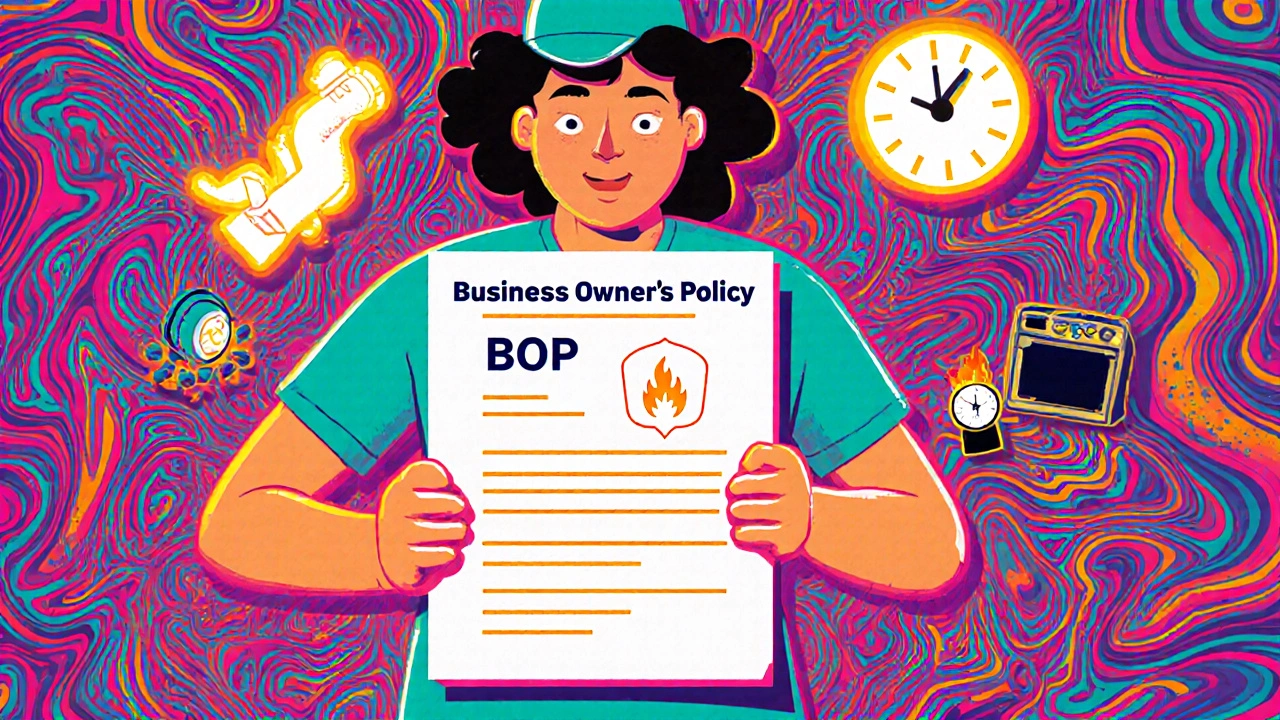2025 September Investing: Smart Moves for Modern Portfolios
When you think about investing, the act of putting money to work over time to grow wealth, not just save it. Also known as building long-term financial security, it isn’t about picking hot stocks or timing the market—it’s about showing up consistently with a plan that fits your life. In September 2025, the biggest shift wasn’t in the numbers on a screen, but in how people approached their money. More folks stopped chasing trends and started focusing on what actually stays steady: low fees, automatic contributions, and clear risk limits.
That’s why the posts from this month centered on diversified portfolio, a mix of assets like stocks, bonds, and real estate that reduce the chance of big losses. It’s not about owning 20 different funds—it’s about owning the right few that balance growth and safety. One reader shared how switching from a single index fund to a three-fund mix cut their anxiety by half. Meanwhile, investment fees, the hidden costs that slowly eat away at returns over time. Also known as silent wealth killers, were called out in every platform review. The average investor pays 1.5% in fees yearly—enough to lose $15,000 over 20 years on a $50,000 portfolio. The fix? Simple: move to platforms charging under 0.2%.
automated investing, setting up recurring deposits and rebalancing so your portfolio runs itself. Also known as set-it-and-forget-it investing, this became the most common theme across the month’s guides. One user automated $300 a month into a target-date fund and forgot about it for six months—only to check back and see their balance had grown without any effort. And when things got shaky? They didn’t panic. That’s because they’d already built a risk management, a personal system to limit how much you can lose before you adjust your strategy. Also known as emotional guardrails, it’s not about avoiding loss—it’s about controlling how much it hurts.
There were no flashy tips here. No "get rich quick" schemes. Just real people fixing small leaks in their financial systems: turning off automatic fees, linking their paycheck to a low-cost brokerage, setting a 10% loss limit before reviewing their holdings. These aren’t secrets. They’re habits. And in September 2025, more people started building them.
If you’re wondering what worked last month, look at the patterns—not the headlines. The posts below show exactly how regular people made their money work without burning out. You’ll find step-by-step setups, real fee comparisons, and simple rules that actually stick. No theory. No fluff. Just what you can do tomorrow to feel more in control—and sleep a little better tonight.











